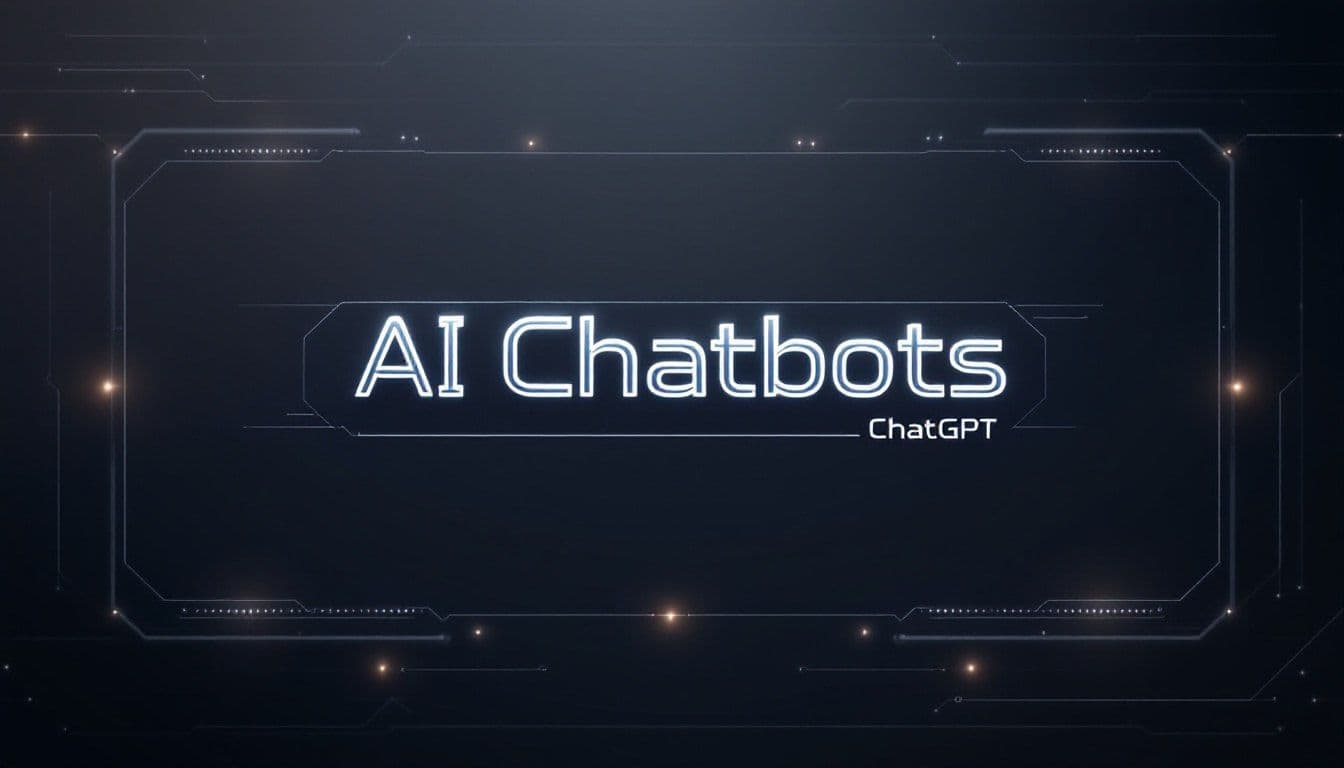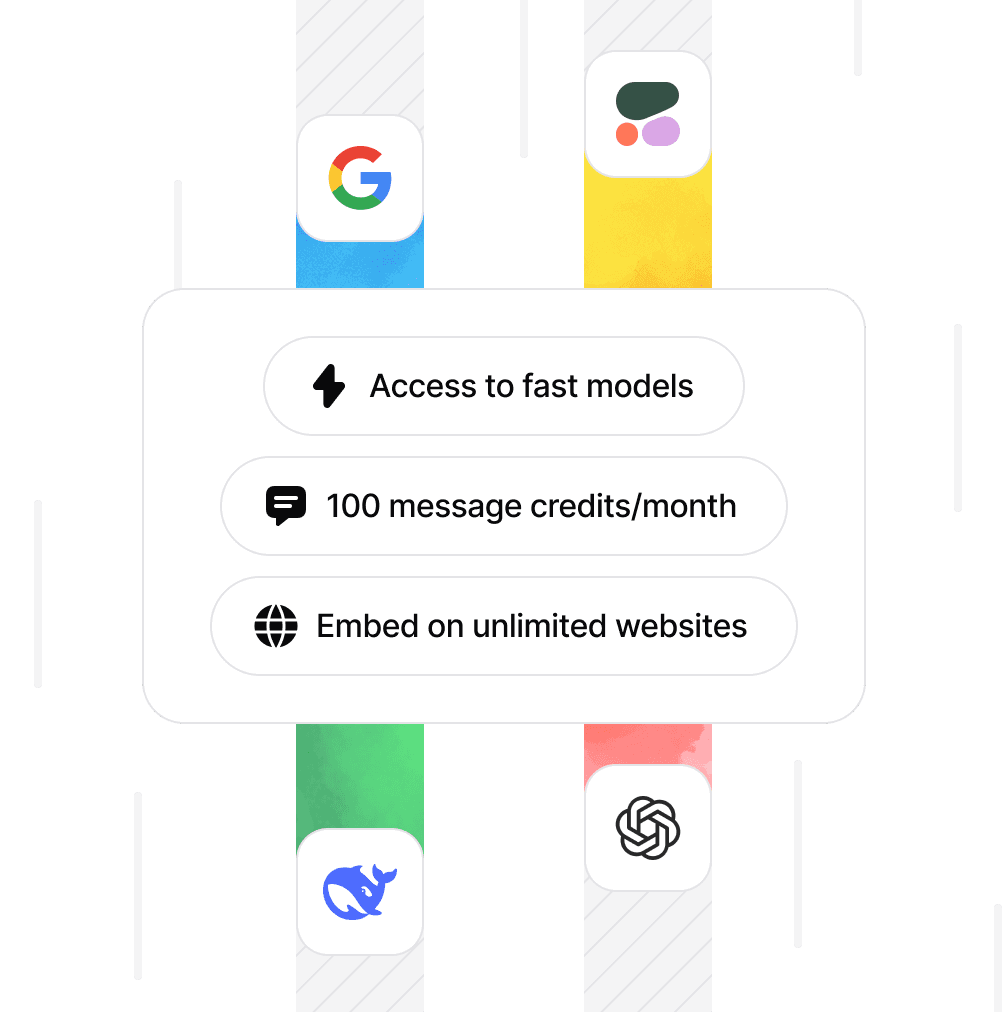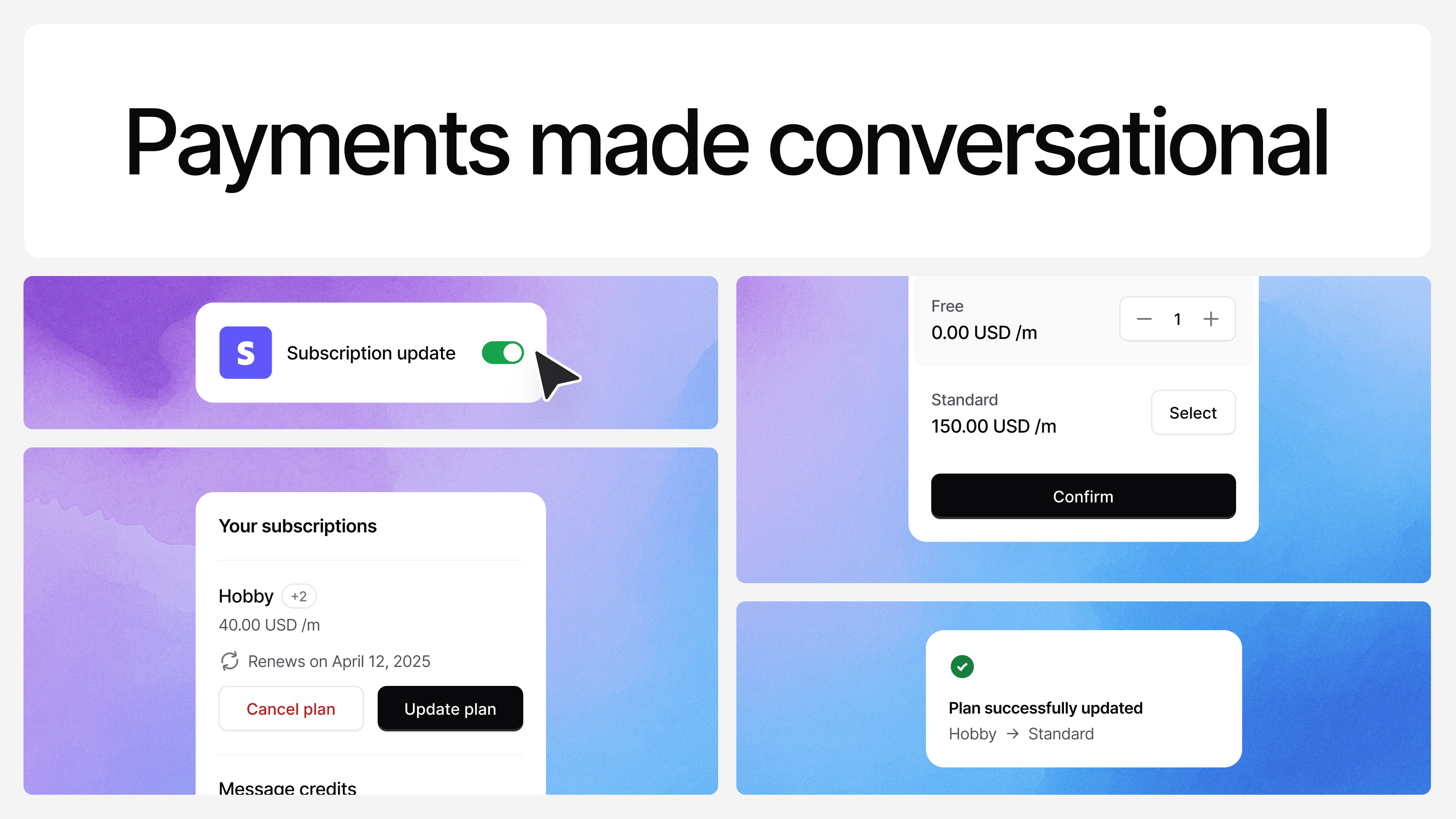AI Chatbot or ChatGPT: Which Is Better? Ultimate Guide
Ilias Ism
Nov 1, 2024
12 min read

Chatbots and AI assistants have become increasingly common tools for businesses and individuals.
From simple customer service bots to sophisticated AI models like ChatGPT, these technologies offer different capabilities and tradeoffs. Many organizations are now evaluating whether to use traditional chatbots or newer large language models for their specific use cases.
By examining the key differences between these technologies - including their strengths, limitations, and ideal applications - we can better understand how to choose the right conversational AI solution for a given need.
What is a Chatbot?
A chatbot is a software application designed to simulate human conversation through text or voice interactions. These AI-powered tools serve as conversational agents, automating communication between humans and computers. Chatbots come in various forms, each with its own level of sophistication and capabilities.
There are three main types of chatbots:
Rule-based chatbots: These are the simplest form of chatbots, operating on a set of predefined rules and decision trees. They can answer basic questions and perform simple tasks but have limited flexibility.
AI chatbots: These more advanced bots use machine learning algorithms to understand user intent and provide more nuanced responses. AI chatbots are often used in customer support, virtual assistance.
Generative chatbots: The most sophisticated type, these chatbots use large language models to generate human-like responses and engage in more complex, open-ended conversations.
Examples of each type include:
- Rule-based: Simple customer service bots that provide predefined answers to frequently asked questions.
- AI chatbots: Virtual assistants like Siri or Alexa, which can understand context and perform a variety of tasks.
- Generative chatbots: ChatGPT, which can engage in human-like conversations on a wide range of topics.
What is ChatGPT?
ChatGPT is a specific type of generative AI chatbot developed by OpenAI. It is built on the GPT (Generative Pre-trained Transformer) architecture, which is a large language model trained on vast amounts of text data. This advanced AI system can understand and generate human-like text across a wide range of topics and contexts. For those exploring advanced AI solutions, understanding how to build generative AI model systems can provide insights into creating highly specialized technologies.
Key features of ChatGPT include:
- Adaptability: It can engage in conversations on virtually any topic, from creative writing to technical problem-solving.
- Context understanding: ChatGPT can maintain context throughout a conversation, making interactions feel more natural and coherent.
- Multilingual capabilities: It can communicate in multiple languages, making it a versatile tool for global communication.
- Continuous learning: The model is regularly updated with new information, allowing it to stay current on recent events and developments.
ChatGPT's training process involves exposure to enormous datasets of text from the internet, books, and other sources. This extensive training allows it to generate original responses and adapt to various conversational scenarios.
ChatGPT vs. Other Chatbots: Key Differences
To better understand how ChatGPT compares to other types of chatbots, let's examine their differences across several key criteria:
![[object Object]](/_next/image?url=https%3A%2F%2Fcdn.sanity.io%2Fimages%2Fi6kpkyc7%2Fprod-dataset%2Fafd3c006dba66464e46d9eb8bd173c107d3019c5-1578x1296.png&w=3840&q=75)
ChatGPT's key advantage lies in its ability to generate more human-like responses and adapt to a wide range of conversational scenarios. However, traditional chatbots may still be preferable for specific, structured tasks where consistency and control are paramount.
When ChatGPT excels in generating creative content like articles and emails, it can also power tools such as a PowerPoint generator, helping users instantly turn ideas into engaging presentations.
Choosing the Right Chatbot for Your Needs
Selecting the appropriate chatbot depends on various factors, including your budget, required capabilities, complexity of interactions, and desired level of personalization. Here's a guide to help you decide:
Choose a rule-based chatbot when:
- You need to handle simple, repetitive tasks
- Your budget is limited
- You require strict control over responses
- The use case involves well-defined, structured information
Choose an AI chatbot when:
- You need domain-specific expertise
- Interactions are moderately complex
- You want some level of personalization
- The chatbot needs to handle variations in user input
Choose ChatGPT when:
- You need creative content generation
- Open-ended conversations are required
- High flexibility and adaptability are essential
- You want to handle a wide range of topics and queries
When making a decision, consider the following questions:
- What are your specific business objectives?
- What resources (time, budget, expertise) do you have available?
- How complex are the interactions you need to support?
- Do you need integration with existing systems?
Example use cases for different industries:
- Hospitality: Rule-based chatbots for booking inquiries, AI chatbots for personalized recommendations
- Banking: AI chatbots for account inquiries, ChatGPT for financial advice and education
- Healthcare: AI chatbots for appointment scheduling, AI chatbots for symptom checking, with ongoing performance monitoring through user feedback.
- E-commerce: AI chatbots for product recommendations, ChatGPT for detailed product information and comparisons, Custom AI chatbots for niche businesses, helping customers visualize and personalize their designs before ordering.
Top AI Chatbot Platforms and Tools
Several platforms offer powerful AI chatbot capabilities. Here's a brief overview of some popular options:
- ChatGPT (OpenAI): Offers free and paid plans, known for its versatility and natural language understanding.
- Microsoft Copilot: Integrates with Microsoft's ecosystem, provides internet-connected responses and image generation capabilities.
- Google Gemini: Fast, almost unlimited conversations with integration into Google's suite of tools.
- Anthropic's Claude: Known for its conversational abilities and ethical AI approach.
- Jasper: Focused on content creation and marketing applications.
Other notable platforms include IBM Watson Assistant, Dialogflow from Google Cloud, and Twilio for messaging integration.
Building Your Own ChatGPT Chatbot
For those looking to create a custom solution, it's possible to build a chatbot using the ChatGPT API. This approach offers several benefits:
- Customization: Tailor the chatbot to your specific needs and brand voice
- Integration: Seamlessly incorporate the chatbot into your existing systems
- Control: Manage data privacy and security more effectively
However, challenges include:
- Technical expertise required
- Ongoing maintenance and updates
- Potential costs associated with API usage
The development process typically involves:
- Obtaining an API key from OpenAI
- Setting up a development environment (often using Python)
- Implementing the chatbot logic and user interface
- Testing and refining the chatbot's responses
Training Your Own Chatbot with Chatbase
For those looking to create a more personalized AI chatbot experience, Chatbase offers a platform to train your own chatbot using your specific data and knowledge base. This approach allows you to leverage the power of AI while maintaining control over the information and responses your chatbot provides.
Chatbase enables you to create chatbots that are tailored to your business needs, whether it's for customer service, sales automation, or marketing purposes. By training your chatbot on your own documents and data, you can ensure that it provides accurate and relevant information to your users.
Some key benefits of using Chatbase include:
- Document parsing: Easily integrate your existing documentation into your chatbot's knowledge base.
- Customization: Tailor your chatbot's responses to align with your brand voice and specific use cases.
- Analytics: Gain insights into user interactions and improve your chatbot's performance over time.
- Multi-platform support: Deploy your chatbot across various channels, including WhatsApp for wider reach.
As AI continues to evolve, staying informed about the latest trends in AI and machine learning for business can help you make the most of these powerful tools.
Conclusion
The choice between a traditional AI chatbot and ChatGPT depends on your specific needs, resources, and goals. While ChatGPT offers impressive capabilities in generating human-like responses and handling a wide range of topics, traditional chatbots may still be preferable for certain structured tasks and industry-specific applications.
As you explore the various platforms and tools mentioned in this guide, consider the unique requirements of your business or project. Whether you opt for a pre-built solution or decide to develop a custom chatbot using the ChatGPT API or a platform like Chatbase, the key is to align the technology with your objectives and user needs.
The field of AI and chatbots is rapidly evolving, with new developments and improvements emerging regularly. Stay informed about the latest advancements in AI and be prepared to adapt your approach as the technology continues to progress.
We encourage you to explore the mentioned platforms and tools, and to consider how AI chatbots can enhance your business operations or personal projects.
Share this article:







